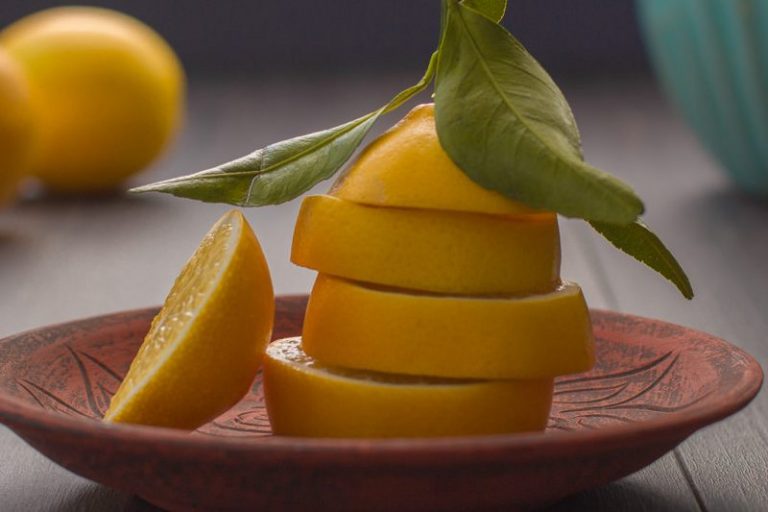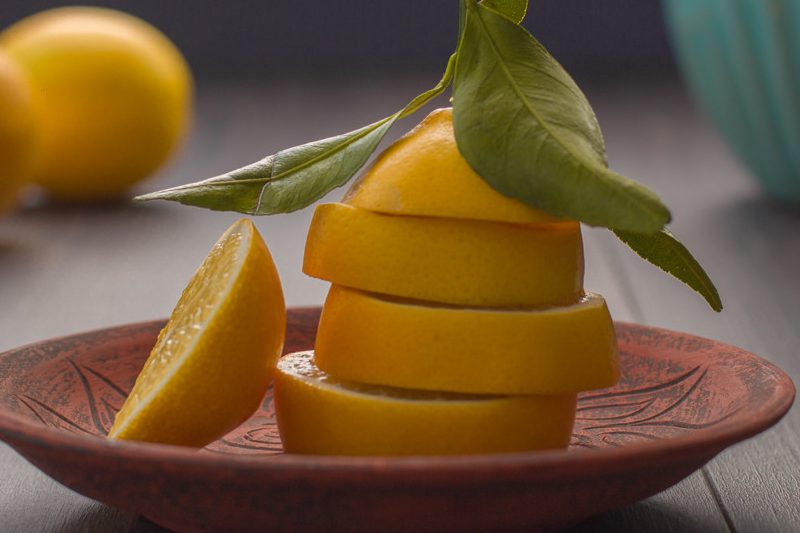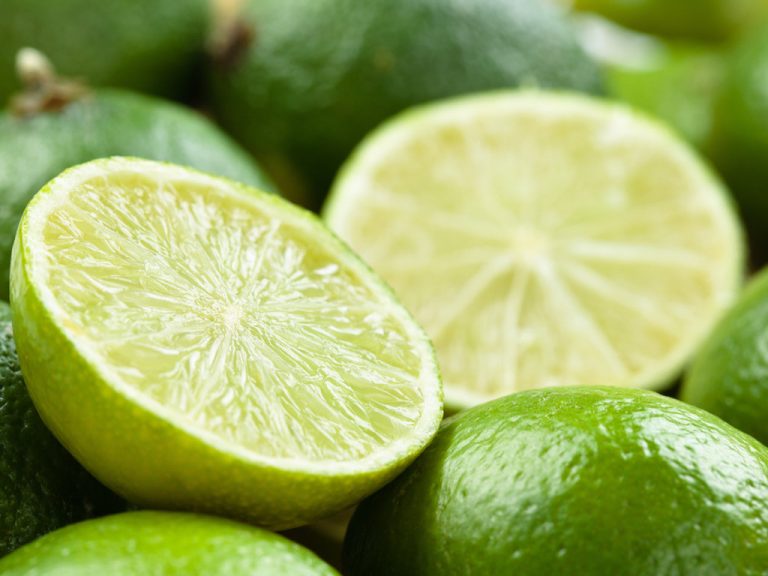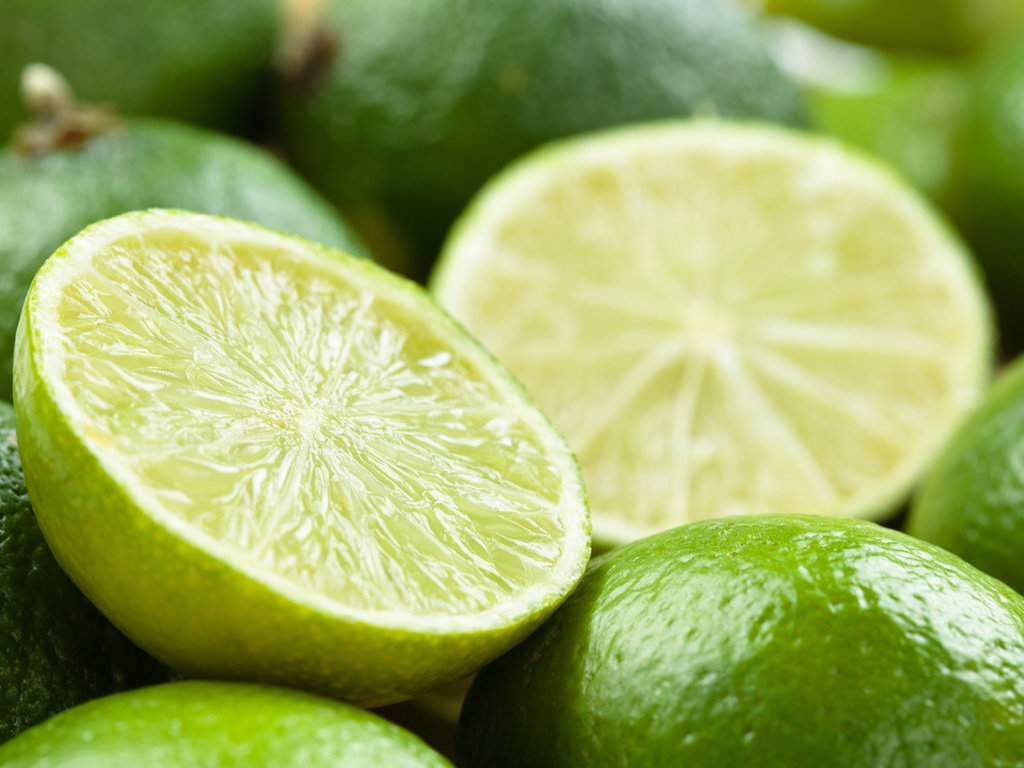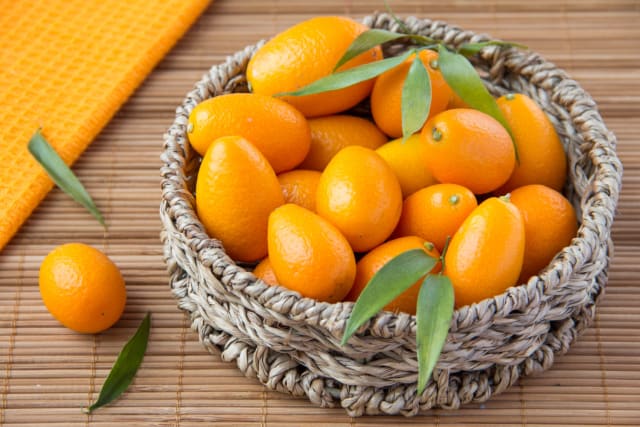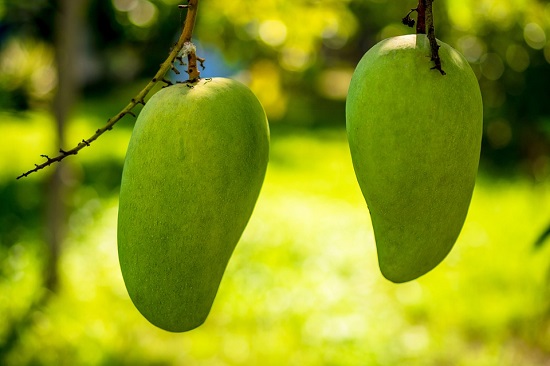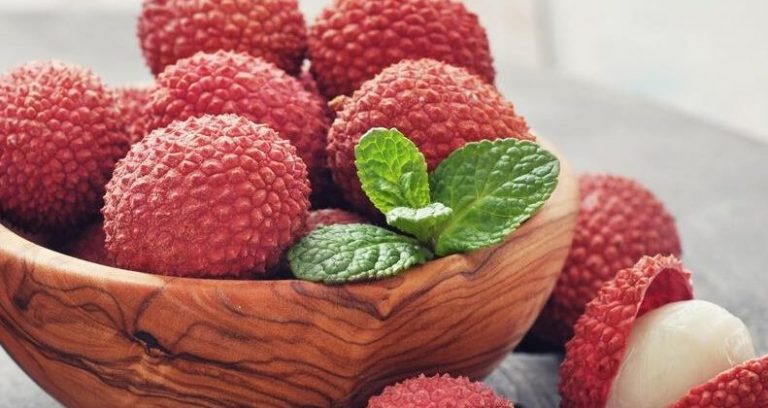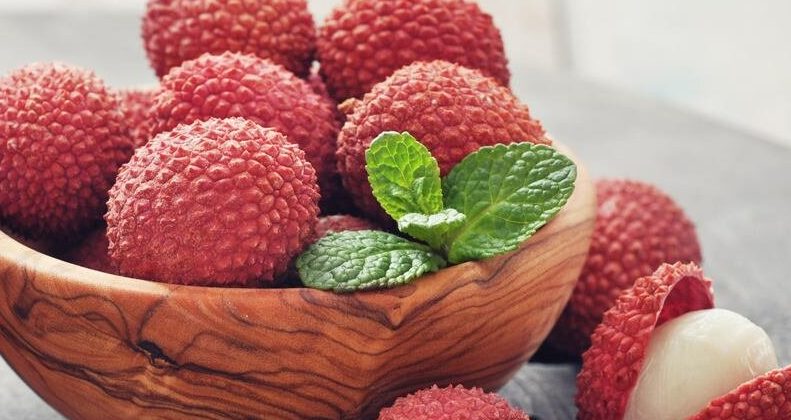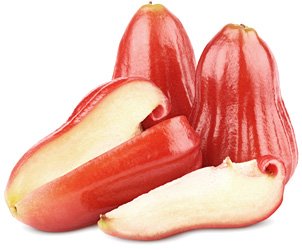Among the fruits popular in Asia, which remain very exotic in our area, stands out the citron “Buddha’s hand”, so named for its unusual appearance. These are the largest of all citrus fruits.
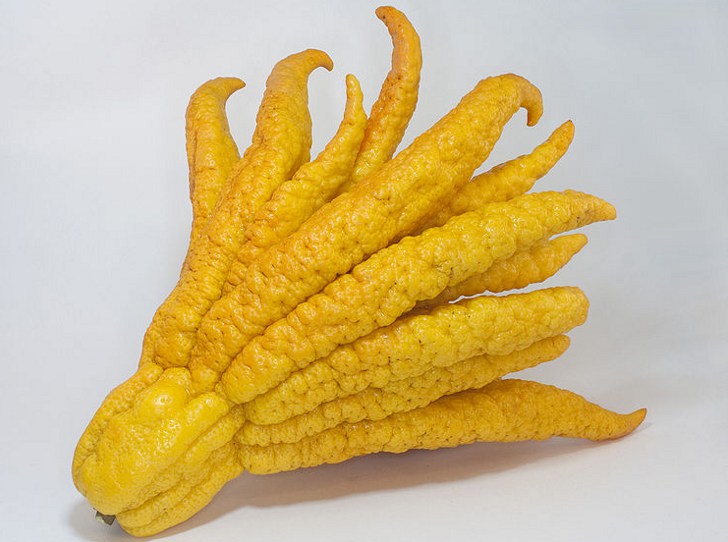
- This fruit, which grows on evergreen shrubs, was known in the countries of East Asia many centuries ago.
- In China, for example, the plant was introduced from India after the fourth century AD. From China, a citron with an unusual shape came to Japan.
- For many centuries, the Chinese and Japanese have appreciated this unusual fruit called the fingered citron precisely for its bizarre shape, and this citron looks like a lemon with tentacles like a squid.
- The fruits of this tropical evergreen shrub in the countries of East Asia have always been considered a symbol of longevity, wealth, and happiness; houses, temples, and altars were decorated with citrons.
- Classical Chinese artists have recreated the shape of citrons in jade and ivory, creating amazingly beautiful works of art.
- Finger citron has a subtle aroma, more pronounced than that of its other relatives from the genus Citrus, therefore fruits in Japan and China are used to flavor rooms and clothes.
- Also, the fruits are eaten, but only in a candied or dried form. The peel of this citron is used for the production of candied fruits and spices.
- Citrons “Buddha’s hand” are grown for decorative purposes, for ritual sacrifices, for decorating the interior and, of course, for eating. However, these fruits are not consumed raw.
- Raw fruits are not suitable for human consumption, however, in a candied or dried form, they can be used in cooking, the skin of the fruit is used for making candied fruits.
- Sometimes the fruit pulp can be added to salads or as a seasoning, for example, to fish, as part of other flavors.

